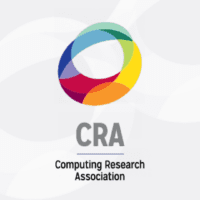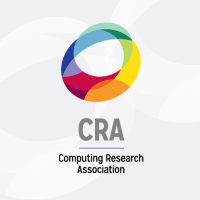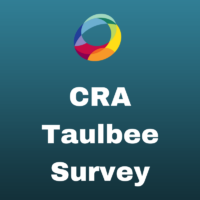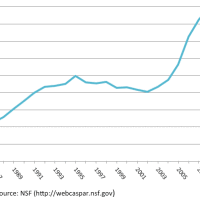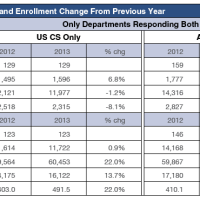
The How and Why of Disability Data for the CRA Taulbee Survey
By Richard E. Ladner, Professor Emeritus, Paul G. Allen School of Computer Science and Engineering, University of Washington For the first time in 2021, the CRA Taulbee Survey reported on disability status for students.[1] The survey chose to report on the number of students who received disability accommodations from the disability services office at their […]


